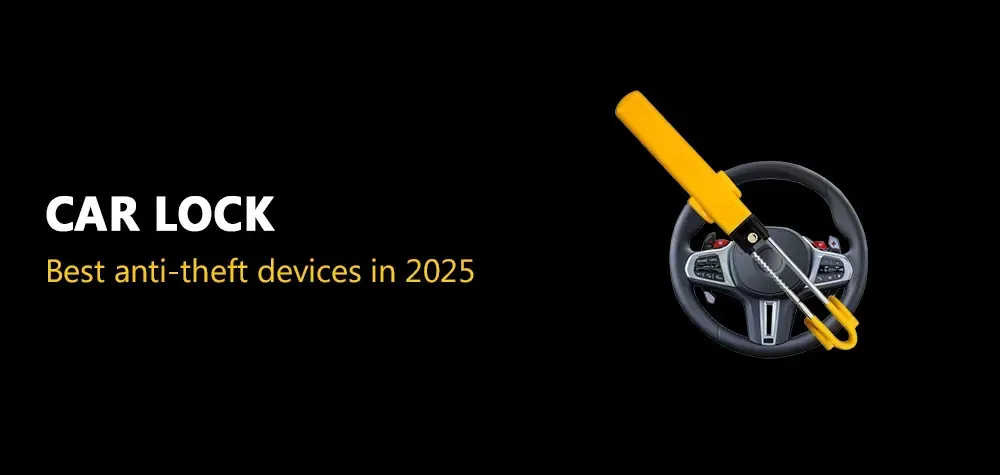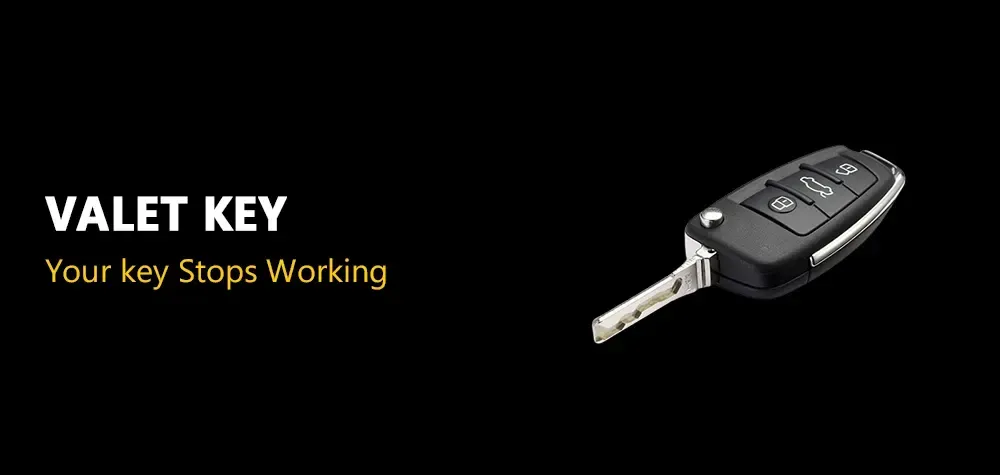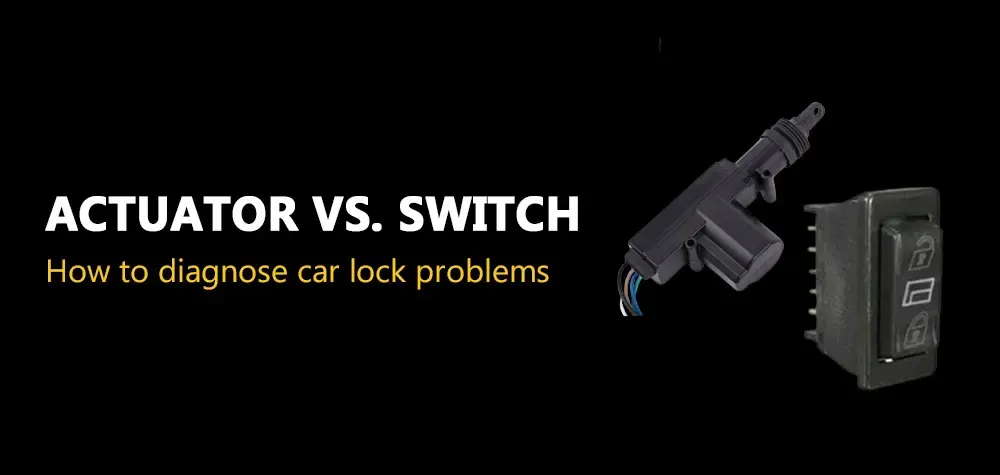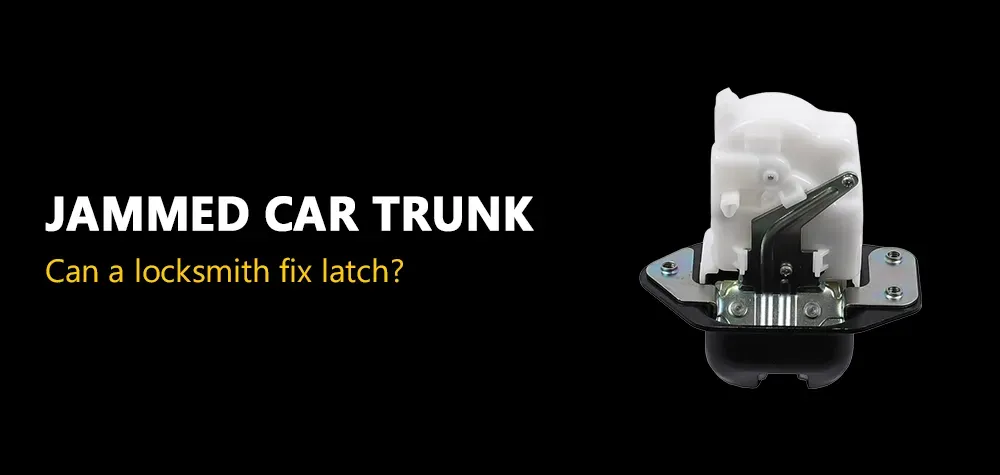What to do When Your Key Won't Turn in the Lock
Welcome to our comprehensive guide on what to do when your key won't turn in the lock. As seasoned experts in the realm of locks and security, we understand the frustration and inconvenience that comes with encountering such a situation. Whether you're rushing to get inside your home after a long day or trying to unlock your office door for an important meeting, a stubborn key can quickly derail your plans and test your patience. But fear not, for we are here to provide you with a step-by-step approach to troubleshooting and resolving this common issue.
At some point in our lives, many of us have experienced the dreaded moment when our key refuses to budge in the lock. It can be a perplexing and disheartening situation, leaving us feeling helpless and unsure of what to do next. However, before you resign yourself to the idea of being locked out or resort to drastic measures like breaking down the door, take a deep breath and remember that there are practical steps you can take to troubleshoot the problem.
In this blog post, we will delve into the various factors that may be causing your key to stick or refuse to turn in the lock. From simple obstructions in the keyway to more complex issues with the lock mechanism itself, we will guide you through a systematic process of diagnosis and resolution. By following our expert advice and practical tips, you'll be equipped with the knowledge and tools needed to overcome this frustrating obstacle and regain access to your property swiftly and efficiently.
When your key won't turn in the door lock, it might be due to several reasons. Here are a few steps you can try to resolve the issue:
- Check the Key: Ensure you are using the correct key. Sometimes similar keys might get mixed up.
- Lubricate the Lock: Use a graphite lubricant or a silicone-based lubricant spray. Insert the lubricant into the keyhole and then try to gently turn the key. Avoid using oil-based lubricants as they can attract dirt.
- Jiggle the Key: Gently jiggle the key up and down while turning it. This might help align the pins inside the lock.
- Check for Obstructions: Make sure there's no debris or obstructions in the keyhole that could be preventing the key from turning.
- Inspect the Key and Lock for Damage: Look for signs of wear or damage on both the key and the lock. A bent key or a worn lock can prevent the key from turning.
- Temperature Issues: If it's extremely cold, the lock might be frozen. You can try warming the key or the lock gently with a hair dryer.
If these steps don't work, the lock might need repair or replacement, and it might be time to call a professional locksmith.
Obstructions in the Keyway:
When faced with a key that refuses to turn in the lock, the presence of obstructions in the keyway is often the culprit. Over time, dirt, debris, or even small fragments of the key itself can accumulate inside the lock, hindering its smooth operation. To address this issue, begin by visually inspecting the keyway for any visible signs of blockage or buildup. If you notice any foreign objects lodged inside, carefully remove them using a pair of tweezers or a small brush. Additionally, consider using a lubricant specifically designed for locks to help dislodge stubborn debris and restore the key's ability to turn smoothly. By taking proactive measures to clear obstructions from the keyway, you can eliminate a common cause of key-related problems and ensure the continued functionality of your lock.
Dive into read about "how to start a car with bad ignition switch" for more insights into troubleshooting ignition-related issues that may be affecting your vehicle.
Assess the Door Alignment:
In some cases, a key that won't turn in the lock may be indicative of underlying issues with the door alignment. Over time, changes in temperature, humidity, or structural settling can cause doors to shift slightly out of alignment, resulting in difficulty when operating the lock. To assess the door alignment, start by examining the gap between the door and the frame along the top and sides. Ideally, there should be a consistent and uniform gap all around. If you notice any discrepancies or unevenness, it may indicate misalignment issues that need to be addressed. Adjusting the hinges or shimming the door frame may help realign the door and alleviate pressure on the lock mechanism, allowing the key to turn more easily. By ensuring proper door alignment, you can prevent unnecessary strain on the lock and minimize the risk of future key-related problems.
For more information on troubleshooting car ignition issues, check out "why wont my key turn in car ignition" to learn about common causes and solutions for this frustrating problem
Verify the Lock Mechanism:
When encountering difficulties with a stubborn key, it's essential to verify the integrity of the lock mechanism itself. Over time, wear and tear can take a toll on the internal components of the lock, leading to malfunctions that prevent the key from turning smoothly. Begin by carefully examining the keyhole and surrounding areas for signs of damage, corrosion, or excessive wear. If you notice any abnormalities, such as bent pins or broken springs, it may indicate a problem with the lock mechanism that requires professional attention. Additionally, consider testing the lock with a spare key or a similar key to determine if the issue lies with the key or the lock itself. By verifying the lock mechanism, you can pinpoint the root cause of the problem and take appropriate measures to restore functionality.
Inspect the Strike Plate Alignment:
Another potential factor contributing to a key that won't turn in the lock is misalignment of the strike plate. The strike plate is the metal plate affixed to the door frame that the latch or bolt of the lock engages with when the door is closed. If the strike plate is misaligned or improperly installed, it can create friction or resistance that prevents the key from turning smoothly. To inspect the strike plate alignment, carefully examine the alignment of the latch or bolt with the strike plate when the door is closed. If there is any noticeable misalignment or gaps between the latch and the strike plate, it may indicate the need for adjustment or replacement. By ensuring proper alignment of the strike plate, you can help alleviate pressure on the lock mechanism and facilitate smooth operation of the key.
Dive into "can ignition coil cost a car to shake" to discover more about potential issues affecting your vehicle's ignition system and how to address them effectively.
Examine the Deadbolt Operation:
When faced with a key that refuses to turn in the lock, it's crucial to examine the operation of the deadbolt, especially in the case of deadbolt locks. Deadbolts provide an additional layer of security by extending a bolt into the door frame, but if they become misaligned or jammed, they can prevent the key from turning smoothly. Start by checking the alignment of the deadbolt with the strike plate to ensure proper engagement when the door is closed. If the deadbolt appears misaligned or doesn't extend fully into the strike plate, it may require adjustment or lubrication to restore proper function. Additionally, inspect the deadbolt mechanism for any signs of damage, corrosion, or obstruction that may be impeding its operation. By examining the deadbolt operation, you can identify and address any issues affecting the smooth functioning of the lock.
For more insights into addressing car lock issues, read "when to rekey your car locks," which provides valuable information on when and why rekeying your vehicle's locks may be necessary.
Evaluate the Door Frame Integrity:
The integrity of the door frame plays a significant role in the smooth operation of the lock mechanism, particularly when dealing with a key that won't turn. Over time, door frames can become warped, cracked, or otherwise damaged, affecting the alignment and operation of the lock. Begin by visually inspecting the door frame for any signs of structural damage, such as cracks, splits, or gaps between the frame and the wall. Pay close attention to areas around the lock and strike plate, as damage in these areas can directly impact the performance of the lock. If you notice any issues with the door frame integrity, it may be necessary to repair or reinforce the frame to ensure proper alignment and operation of the lock. By evaluating the door frame integrity, you can address underlying issues that may be contributing to the key's inability to turn smoothly.
Discover the importance of having a spare key and tips for car key duplication by reading"The Importance of Having a Spare Key: Tips for Car Key Duplication," which provides valuable insights into safeguarding against lockout situations and other emergencies.
Test the Key in Other Locks:
One effective way to troubleshoot a key that won't turn in a lock is to test the key in other locks within your property. This step helps determine whether the issue lies with the key itself or the specific lock in question. Try using the key in multiple locks, such as other doors or padlocks, to see if it turns smoothly without any resistance. If the key works fine in other locks but continues to have difficulty in the problematic lock, it suggests that the issue may be with the lock mechanism rather than the key. However, if the key struggles to turn in multiple locks, it indicates that the key itself may be worn, damaged, or in need of replacement. By testing the key in other locks, you can narrow down the source of the problem and take appropriate action to resolve it.
Consider Temperature and Weather Conditions:
Temperature and weather conditions can have a significant impact on the operation of locks, particularly in extreme climates. Changes in temperature, humidity, and precipitation can cause metal components to expand, contract, or rust over time, affecting the smooth functioning of the lock mechanism. In colder climates, freezing temperatures can cause moisture to accumulate and freeze within the lock, leading to stiffness and difficulty turning the key. Conversely, in hot and humid environments, metal components may expand and seize up, resulting in similar issues with key operation. Additionally, exposure to rain, snow, or other forms of precipitation can cause locks to rust and corrode, further impeding their operation. By considering temperature and weather conditions, you can better understand how environmental factors may be contributing to the key's inability to turn smoothly and take preventive measures to protect your locks from weather-related damage.
Conclusion:
In conclusion, when faced with the frustrating problem of a key that won't turn in a lock, it's essential to approach the situation systematically and methodically. By following the steps outlined in this guide, you can diagnose the issue and take appropriate action to resolve it effectively. From checking for obstructions in the keyway to testing the key in other locks, each step provides valuable insights into the underlying cause of the problem. Remember to assess the door alignment, verify the lock mechanism, and inspect the strike plate alignment for any signs of misalignment or damage. Additionally, consider environmental factors such as temperature and weather conditions, which can impact the operation of locks over time.
If you're unable to identify or resolve the issue on your own, don't hesitate to consult with a professional locksmith for expert assistance. At Brothers Locksmith, we have the knowledge, skills, and experience to diagnose and fix a wide range of lock-related problems efficiently. Our team is committed to providing prompt and reliable service, ensuring that you can regain access to your property quickly and safely. So if you find yourself in need of locksmith services, don't hesitate to give us a call. We're here to help, 24/7.
Call Us Any Time!









